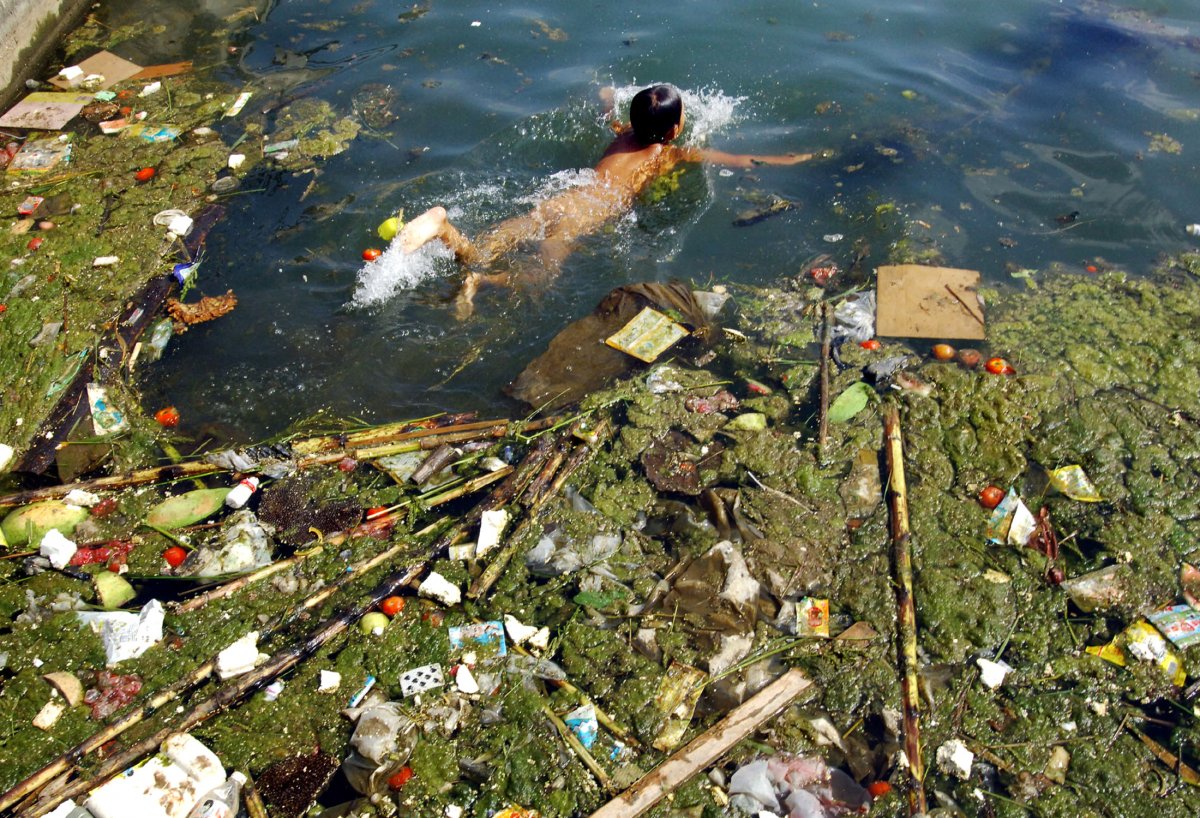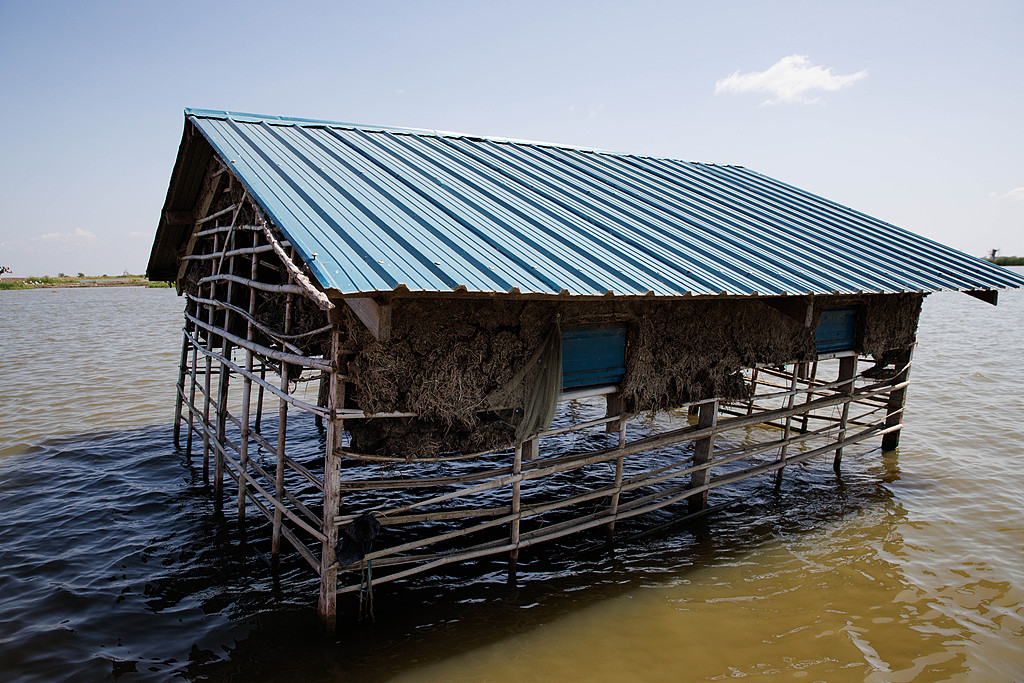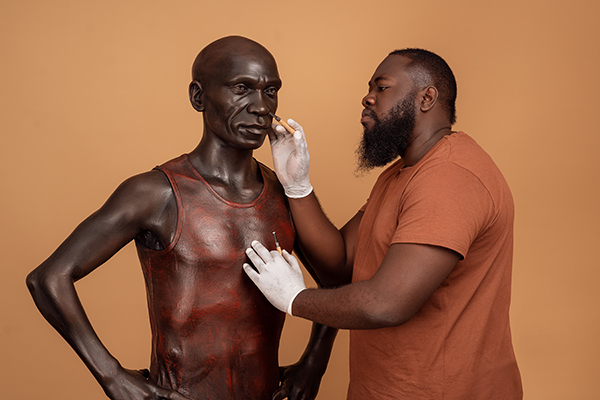
Polluted environments kill 1.7 million children a year: WHO

Every year, environmental risks – such as indoor and outdoor air pollution, second-hand smoke, unsafe water, lack of sanitation, and inadequate hygiene – take the lives of 1.7 million children under 5 years, say two new WHO reports.
“A polluted environment is a deadly one – particularly for young children,” says Dr Margaret Chan, WHO Director-General. “Their developing organs and immune systems, and smaller bodies and airways, make them especially vulnerable to dirty air and water.” This according to the report.
The report further explains that harmful exposures can start in the mother’s womb and increase the risk of premature birth.
Additionally, when infants and pre-schoolers are exposed to indoor and outdoor air pollution and second-hand smoke they have an increased risk of pneumonia in childhood, and a lifelong increased risk of chronic respiratory diseases, such as asthma.
Exposure to air pollution may also increase their lifelong risk of heart disease, stroke and cancer.
“A polluted environment is a deadly one -– particularly for young children,” WHO Director-General Margaret Chan said in a statement. “Their developing organs and immune systems, and smaller bodies and airways, make them especially vulnerable to dirty air and water.”
The report further noted that households without access to basic services, such as safe water and sanitation, or that are smoky due to the use of unclean fuels, such as coal or dung for cooking and heating, children are at an increased risk of diarrhoea and pneumonia
Children are also exposed to harmful chemicals through food, water, air and products around them.
The report suggested reducing air pollution inside and outside households, improving safe water and sanitation and improving hygiene (including in health facilities where women give birth), protecting pregnant women from second-hand tobacco smoke, and building safer environments, can prevent children’s deaths and diseases.
Source: WHO






